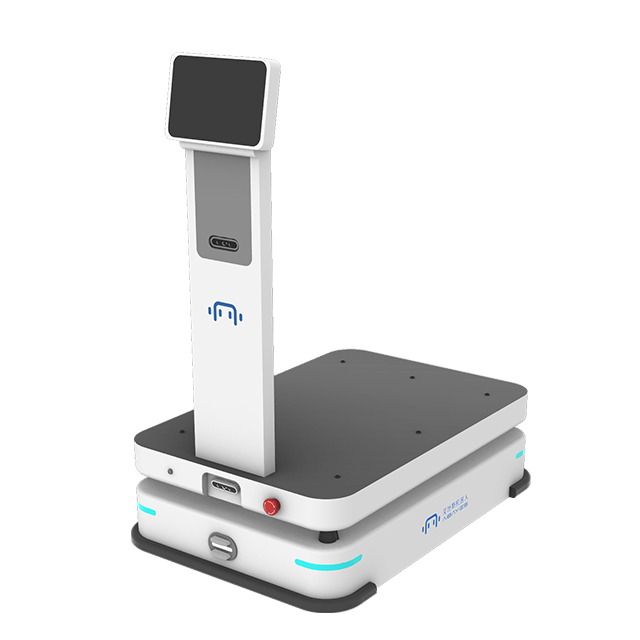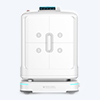Pain points in the scenario:
- Long Waiting Times: Traditional restaurants often have long customer wait times due to processes like ordering, queuing, and food preparation, which can negatively impact customer satisfaction.
- Order Errors and Confusion: Manual ordering can lead to order mistakes or confusion, potentially resulting in customer complaints and decreased operational efficiency.
- High Labor Costs: Traditional restaurants require a significant workforce, including waitstaff and cashiers, which can be costly and challenging to manage.
- Outdated Menus: Updating menus and introducing new dishes can be challenging, leading to inaccurate information or ineffective marketing.
Implementation Challenges:
- Technology Integration: Integrating technologies across ordering, payment, kitchen, and delivery processes to ensure a stable system and provide seamless smart dining services.
- User Experience: While ensuring technical stability, providing a user-friendly interface and processes to ensure that customers can easily navigate the system.
- Food Preparation and Delivery: Smart dining requires close collaboration with the kitchen and delivery services to ensure efficient and high-quality food preparation and delivery.
- Data Security and Privacy: Handling customer ordering and payment data requires ensuring data security and privacy protection to prevent leaks and misuse.
Solutions:
- Mobile Ordering: Offering mobile applications or QR code-based ordering to expedite the ordering process and reduce waiting times.
- Self-service Terminals: Installing self-service ordering terminals in restaurants, allowing customers to choose dishes independently and reducing the need for human service.
- Smart Kitchen: Introducing smart technology to optimize kitchen operations, improving food preparation efficiency and consistency.
- Digital Payments: Providing various digital payment options, such as mobile payments and electronic wallets, to facilitate customer checkouts.
- Data Analysis and Personalized Recommendations: Collecting customer ordering data, conducting analysis, and offering personalized dish recommendations to enhance the user experience.
Highlights of the Solution:
- Speed and Convenience: Smart dining technology speeds up the ordering and checkout processes, reducing wait times and increasing customer satisfaction.
- Personalized Service: Based on customers’ historical ordering data, recommending suitable dishes for a personalized dining experience.
- Reduced Labor Costs: Self-service ordering and smart kitchen technology can reduce labor and cooking costs.
- Real-time Menu Updates: Using digital systems to update menus and promotional information in real-time, improving menu accuracy and timeliness.
- Data-Driven Decision-Making: Collecting customer data and ordering behavior to assist operators in optimizing marketing strategies and business decisions.




